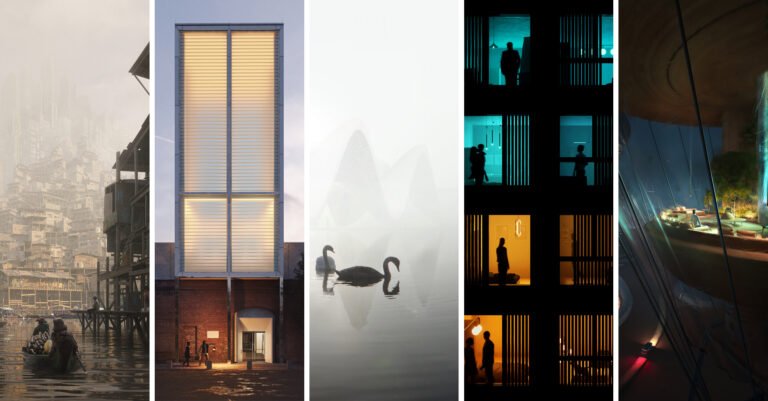Louis Poulsen PH5 pendant lamp: the history of the three-shade light | News | Architonic
The complex but also simple system sees multiple light formats with different levels of light distribution determined by the size of each shade and the relationship between them. Originally created with shade sizes following a geometric sequence of 4:2:1, the light would feature a top shade twice as wide as its middle, which itself was twice the size of the bottom. The system came into its own, however, when later formatted with a 3:2:1 arithmetic sequence.
This 3:2:1 format would go on to spawn multiple size, colour and material iterations, and continues to be reflected in contemporary products to this day, such as in the Barron Pendant by Hudson Valley Lighting, or seen here at El Pintón restaurant in Sevilla, Spain. Poul Henningsen himself, however, was not finished with the concept, and would go on to experiment further and further with multi-shade pendant designs.

